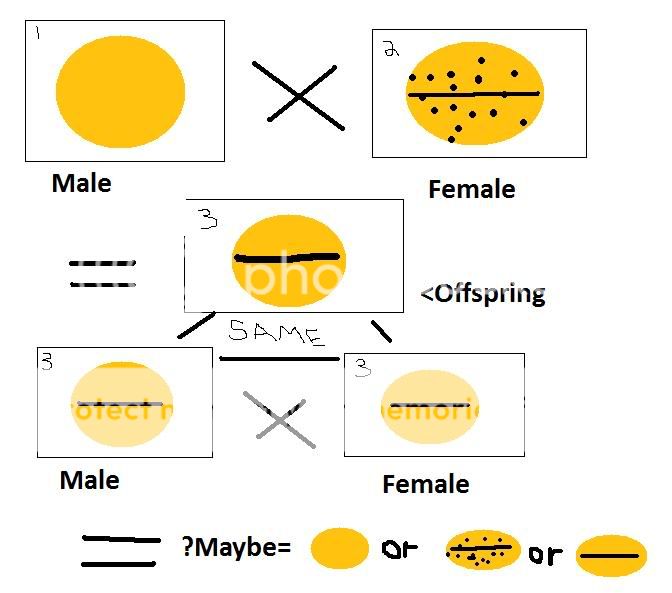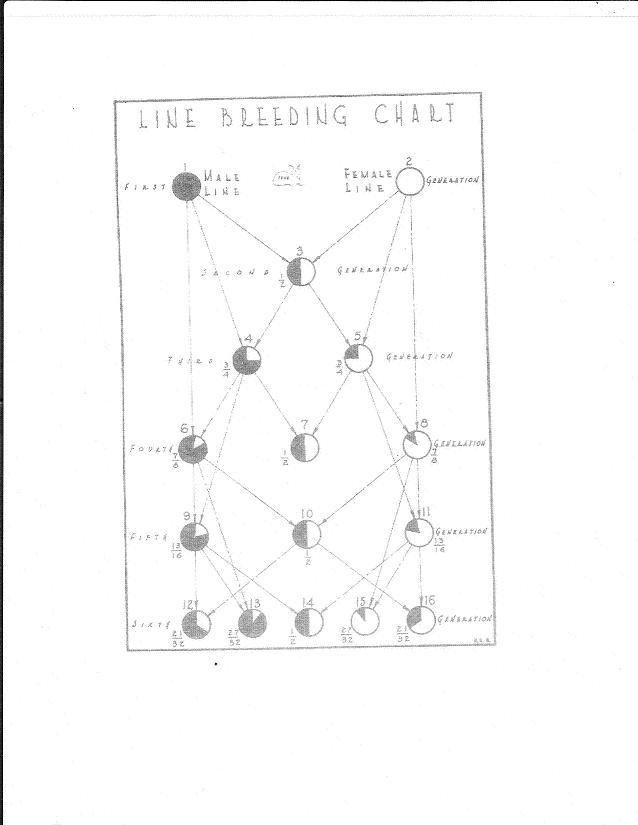I was wondering, if you cross a bird (for example bantam buff cochin) and breed it too another bird of a different breed (for example a buff silkie )And you get chicks from them which are like a mix of the two, but are kinda like a breed of their own. What if you take these crossed chicks and cross them would their off spring be the original breed or would they breed true and be the same as their parents who are crossed. It is confusing, let me know if you dont understand, I am just wondering if I can make my own breed, that will breed true. Thanks!!!!!!!!!
Maybe you can understand this????
Chicken 1 (Male) x Chicken 2 (Female)
| |
Chicken 3 (Mixed Breed of Chicken 1 and 2)
A year later when chicken 3 are grown up:
Chicken 3(Mixed Breed of Chicken 1 and 2)xChicken 3(Mixed Breed of Chicken 1 and 2)
| |
What would Chicken 4 Be????????
Maybe you can understand this????
Chicken 1 (Male) x Chicken 2 (Female)
| |
Chicken 3 (Mixed Breed of Chicken 1 and 2)
A year later when chicken 3 are grown up:
Chicken 3(Mixed Breed of Chicken 1 and 2)xChicken 3(Mixed Breed of Chicken 1 and 2)
| |
What would Chicken 4 Be????????
Last edited:






